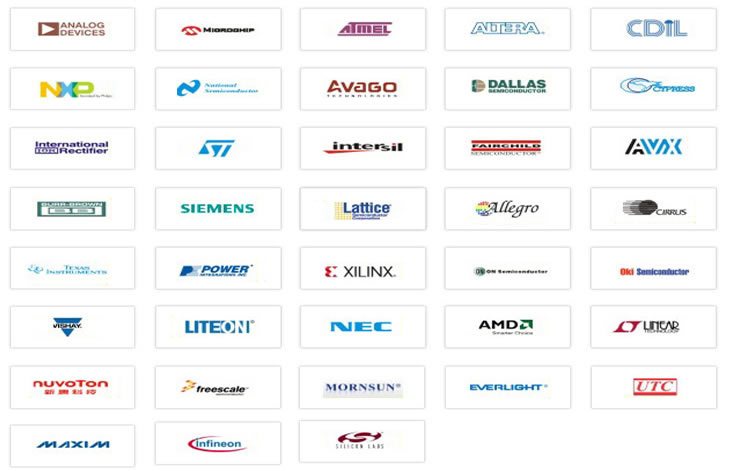Active Devices
An active device is any type of circuit component with the ability to electrically control electron flow (electricity controlling electricity). In order for a circuit to be properly called electronic, it must contain at least one active device. Active devices include, but are not limited to, vacuum tubes, transistors, silicon-controlled rectifiers (SCRs), and TRIACs.
All active devices control the flow of electrons through them. Some active devices allow a voltage to control this current while other active devices allow another current to do the job. Devices utilizing a static voltage as the controlling signal are, not surprisingly, called voltage-controlled devices. Devices working on the principle of one current controlling another current are known as current-controlled devices. For the record, vacuum tubes are voltage-controlled devices while transistors are made as either voltage-controlled or current controlled types. The first type of transistor successfully demonstrated was a current-controlled device.
Passive Devices
Components incapable of controlling current by means of another electrical signal are called passive devices. Resistors, capacitors, inductors, transformers, and even diodes are all considered passive devices.
Passive devices are the resistors, capacitors, and inductors required to build electronic hardware. They always have a gain less than one, thus they cannot oscillate or amplify a signal. A combination of passive components can multiply a signal by values less than one, they can shift the phase of a signal, and they can reject a signal because it is not made up of the correct frequencies, they can control complex circuits, but they cannot multiply by more than one because they lack gain.













































